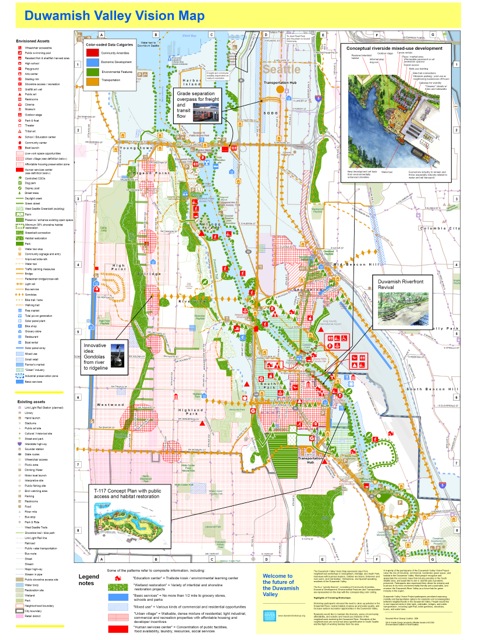I've long maintained that just about all (sub)urban development is at one point pejorative from someone's view point. The work of time, history, and change makes older neighborhoods appear more authentic, just, valued, and/or sustainable. Yet, all (sub)urban development under capitalism was produced for its exchange value and profit, not just its pretty use values and authentic qualities (in the eye of the beholder of course). Moreover, population shifts and exchange value shift can make a neighborhood once deemed "bad" (i.e., black, immigrant, working class, etc) into the prized authentic sustainable neighborhood of a gentrifying population. The reverse works too (white flight from some suburbs has left areas of poverty and spatial inequality).
Many people in the central or older areas of towns and cities often feel secure in their idea that their neighborhood wasn't created within the conditions of class and racial inequality. Yet, most were. The old looking houses and the mature trees hide the fact that when the neighborhood was build, say 100 years ago, it looked just as brand new as the shiniest new suburb today. Daniel Hertz pokes a hole in these representations of space and calls these ideas the "immaculate conception theory" of neighborhood creation. He writes:
These assumptions mostly revolve around the idea that older housing was built the right way: ethically, modestly, with an eye to community rather than profit. These older values, in turn, highlight the faults of modern buildings: gaudy and wasteful, disruptive to existing communities, and motivated only by money.



